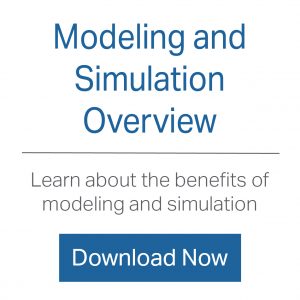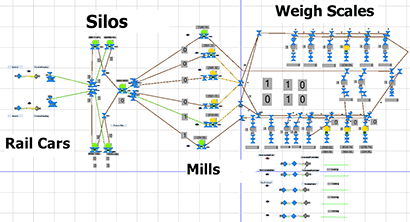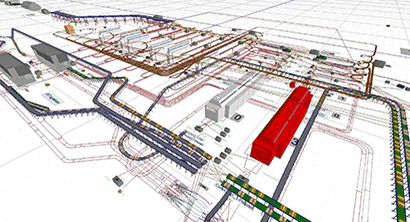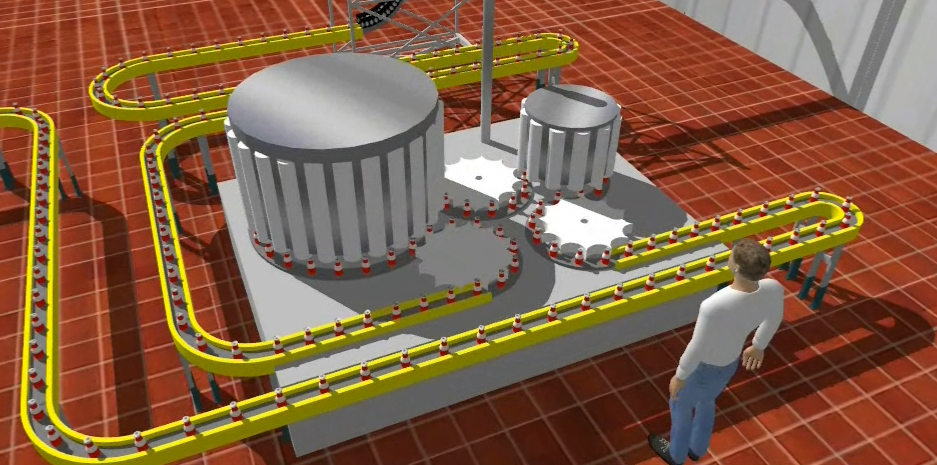Simulation for Food Processing and Packaging
Simulation, while it may appear simplistic, is a powerful tool to test, understand and optimize a process or packaging system.
Process simulation can help determine appropriate sizing for tanks and flow rates, allowing us to recommend and procure tanks that are perfectly suited for the application given a variety of parameters.
Packaging simulations incorporate machine speeds, failures and recoveries, scrap rates, and other inputs affecting line performance. It can be used to size buffers, predict throughput and compare overall performance of different layouts and scenarios.
Process and packaging simulations can be connected if appropriate.
Achieve Faster, Smoother Start-Up with Emulation
Validating your PLC program in a virtual environment makes the transition to the facility more seamless with better quality and faster start-up. The models are connected to the tags in the PLC, which is in turn connected to the HMI. This allows us to interact with the HMI and see real-time results in the model. At the conclusion of testing all scenarios we have a Factory Acceptance Test (FAT) for our control system.
- Connect 3-D models to the PLC
- Verify the functionality of the PLC and HMI
- Test all formats and SKUs on the virtual system before start-up
- Obtain a virtual FAT on the controls system
- Use the 3-D model to train operators on line functionality and using the HMI














